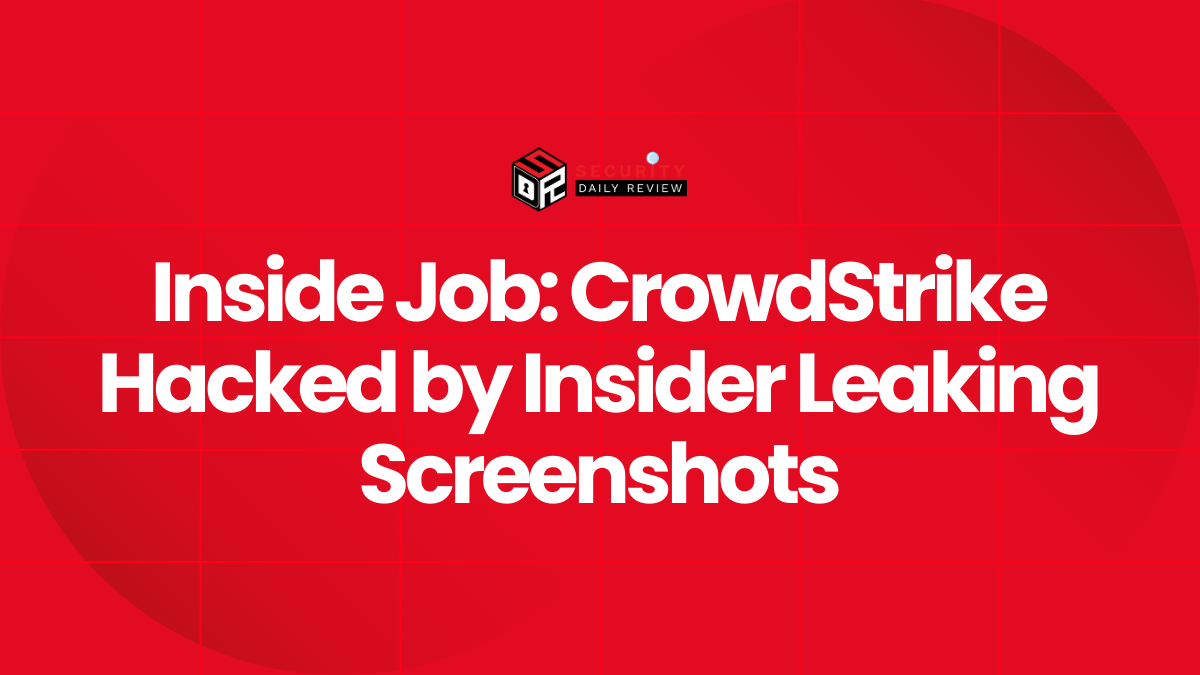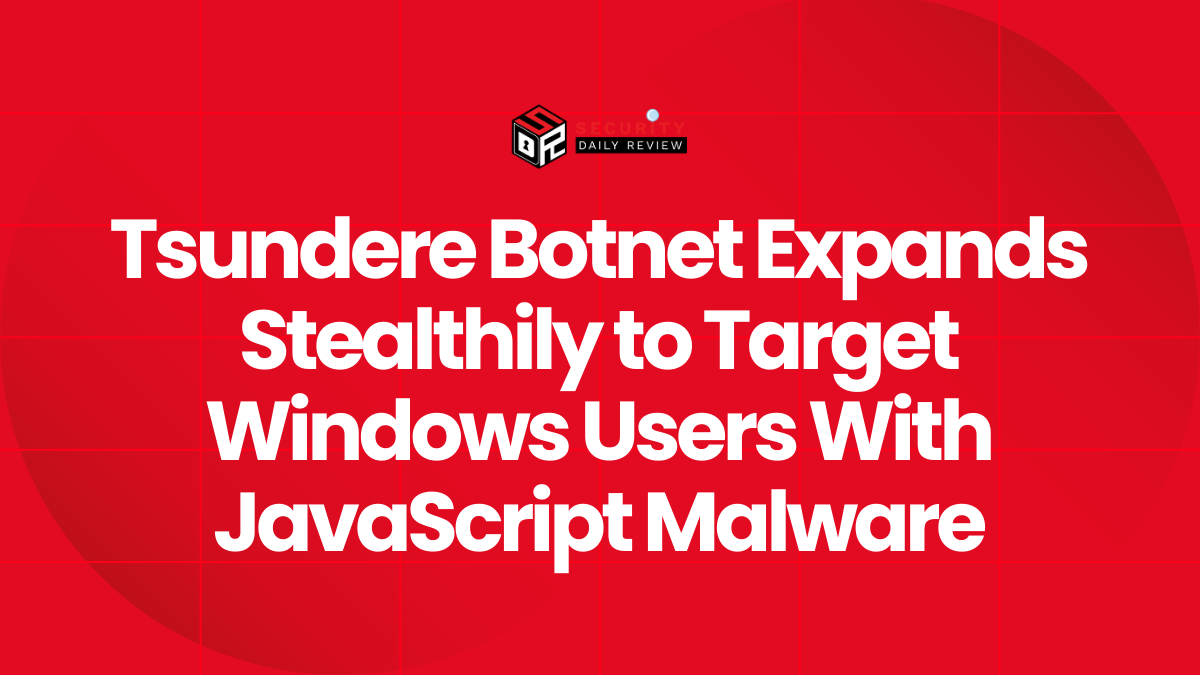CrowdStrike, a prominent American cybersecurity firm, has become the latest victim of an insider threat, resulting in the leakage of internal screenshots to external hackers. The incident was brought to light following the publication of these materials on Telegram by the Scattered Lapsus$ Hunters threat group.
Understanding the CrowdStrike Insider Threat Incident
CrowdStrike’s recent breach illuminates the often underestimated risk posed by insiders with access to sensitive information. An individual within the company reportedly shared internal screenshots, subsequently leading to their wide dissemination by the notorious Scattered Lapsus$ Hunters—a notable threat actor group in the cybersecurity landscape.
Unpacking the Scattered Lapsus$ Hunters’ Role
Examining the Threat Actor’s Modus Operandi
Scattered Lapsus$ Hunters are recognized for exploiting insider threat vectors to obtain confidential data. The group, known for targeting enterprises through unconventional means, seized upon the leaked screenshots provided by the CrowdStrike insider. This incident highlights their strategic preference for leveraging internal vulnerabilities over external infiltration techniques.
Analyzing the Implications for Cybersecurity Firms
Examining How Insider Threats Challenge Security Protocols
Insider threats, such as the one faced by CrowdStrike, challenge the core of cybersecurity defenses. An insider, by merely possessing access credentials, can bypass advanced external safeguards, leading to significant data compromises. This incident stresses the importance of comprehensive internal security measures within organizations, regardless of their expertise in thwarting external cyber incidents.
Lessons and Precautions for Industry Leaders
Implementing Robust Internal Control Mechanisms
To mitigate insider threats effectively, cybersecurity firms must adopt robust monitoring and anomaly detection systems tailored to track unusual behavior within their networks. Such strategies inside cybersecurity infrastructure can prevent unauthorized access to sensitive data and flag potential threats before they escalate into breaches.
- Establish stringent access controls and regularly update them to reflect necessary changes
- Conduct routine audits of privileged access and implement least-privilege principles
- Invest in employee training to sensitize them to the repercussions of security misconduct
Reflecting on the Wider Impact
Implications for Trust and Reputation Management
The CrowdStrike leak serves as a poignant reminder of the complex dynamics within cybersecurity management. Repeated insider incidents may erode client trust and reduce market confidence, pressing organizations to emphasize transparency and reinforce their commitment to safeguarding client data against all forms of cyber threats.
- Assess and address potential gaps in insider threat response strategies
- Reinforce client assurance measures promptly following an incident
- Communicate seamlessly with stakeholders to maintain transparency and trust
As the cybersecurity sector scrutinizes this recent breach, CrowdStrike’s response strategy and ongoing mitigation efforts will be critical in setting industry benchmarks. This incident prompts a broader discourse on refining protection against insider threats, which continue to represent a formidable challenge in an increasingly connected world.









